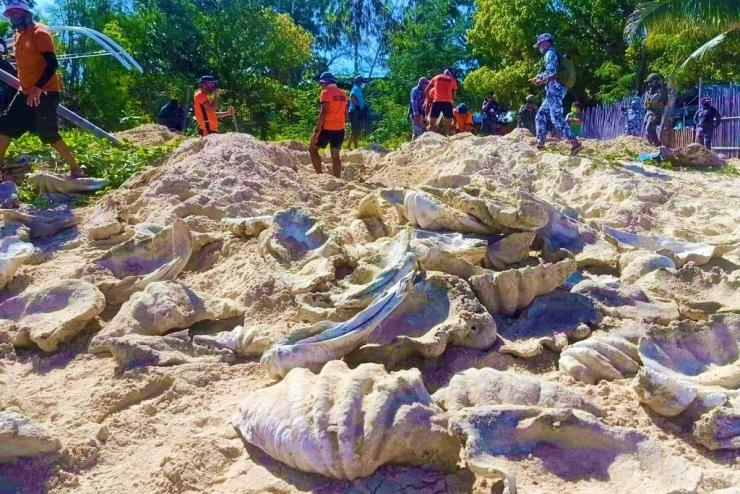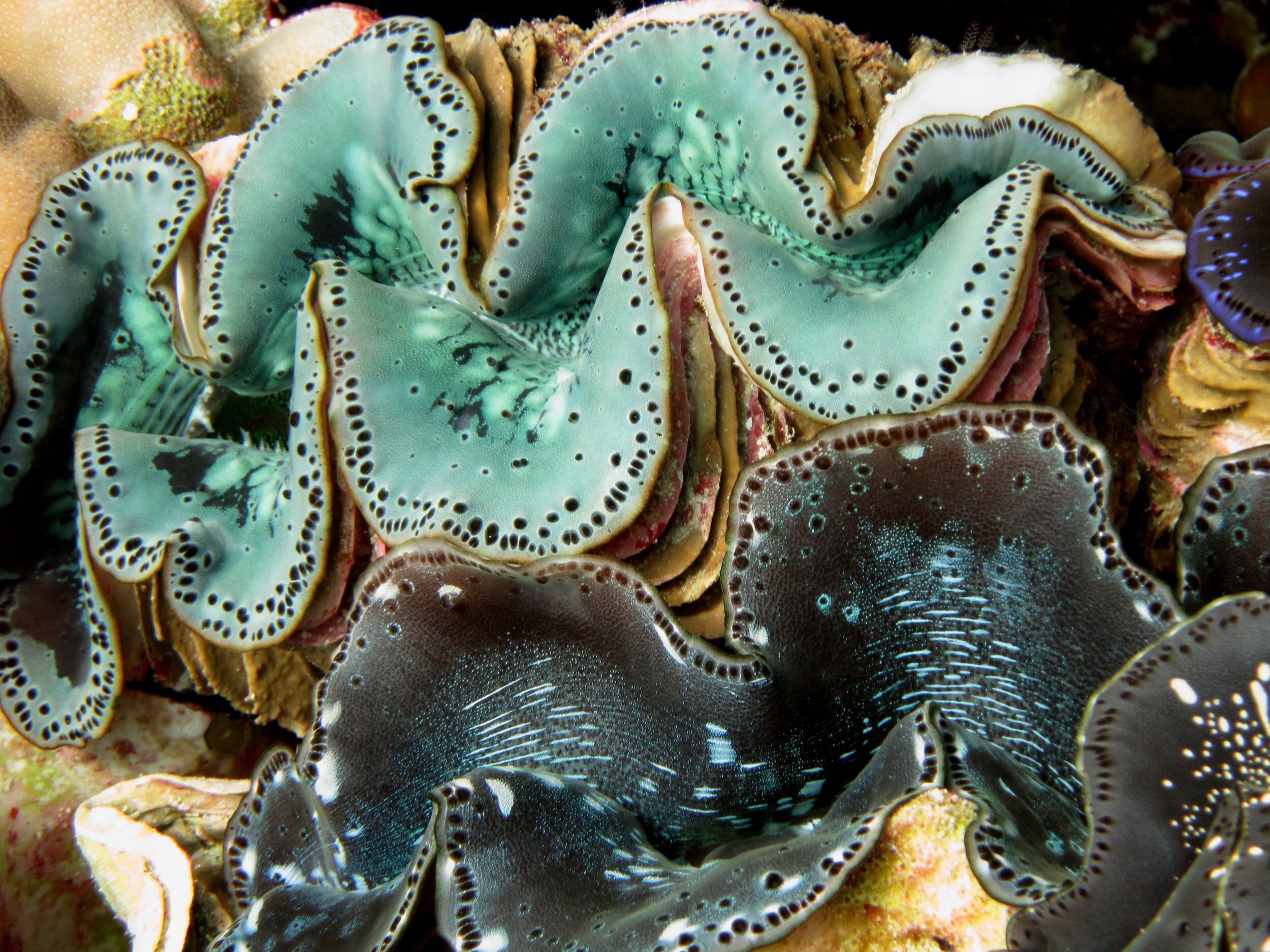Story at a glance…
-
Giant clams have been decimated as poachers harvest their shells for illegal trafficking.
-
The shells are carved like ivory, and are providing a separate raw material for the Chinese ornamental carving industry.
-
A new report suggests the decline in elephant ivory trade is partly responsible for the uptick in shell trade.
Populations of giant clams have fallen by half or more across all sections of their range in the Indo-Pacific. The mollusks that can weigh 500 pounds were once a source of subsistence meat for coastal communities, but are now being harvested illegally at alarming rates for the decorative properties of their shells.
Under the sculptor’s knife, the shell carves like elephant ivory, and for many years while the latter was banned and heavily policed in China, the former began to take its place.
Philippine police since 2019 have confiscated 19 separate hauls of giant clam shells that together are worth $85 million on the black market, and weigh 120,600 metric tons. 104 square miles of Philippine reef habitat may have been destroyed entirely by boats seeking what has essentially become a living treasure chest.
In China giant clam shell shipments are also beginning to be seized in small numbers by police, often accompanied by other replacements for the coveted elephant ivory, such as mammoth and narwhal ivory, and even helmeted hornbill crests.
A report on this staggering growth in the trade of giant clams was assembled by the Wildlife Justice Commission (WJC), which made recommendations about how to combat the growing problem. Huge gaps of knowledge, the WJC, report, exist regarding the giant clam trade, including whether transnational organized crime is behind the massive stockpiles discovered mostly in Palawan, the coastal region of the Philippines that borders the South China Sea and the Sulu Sea.





